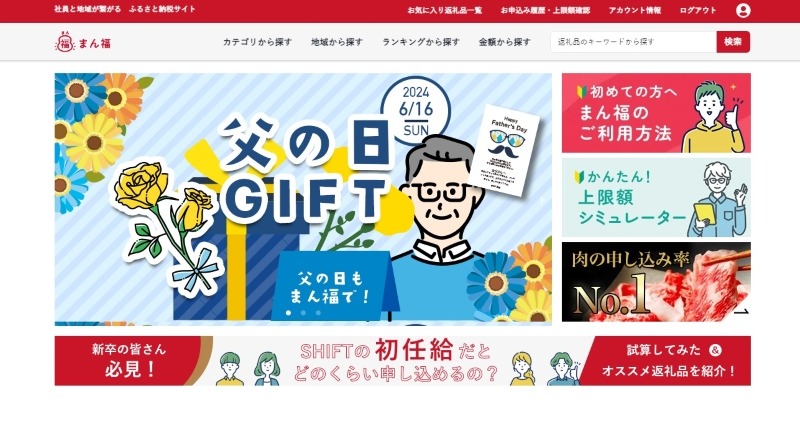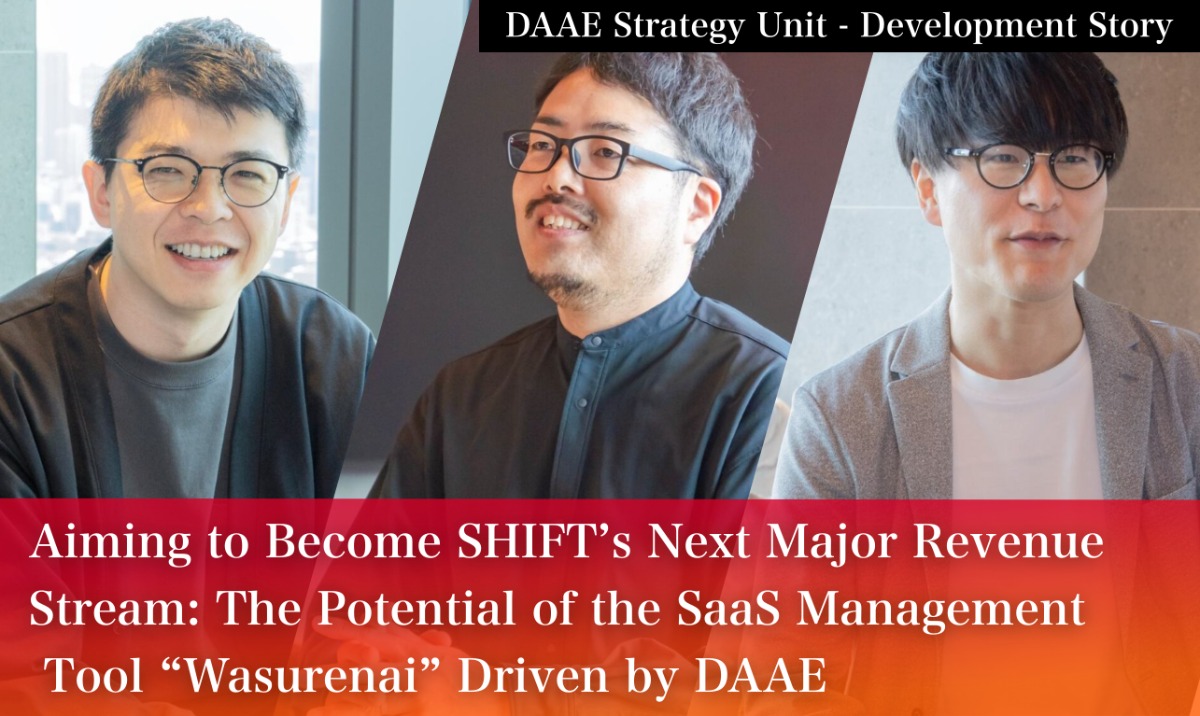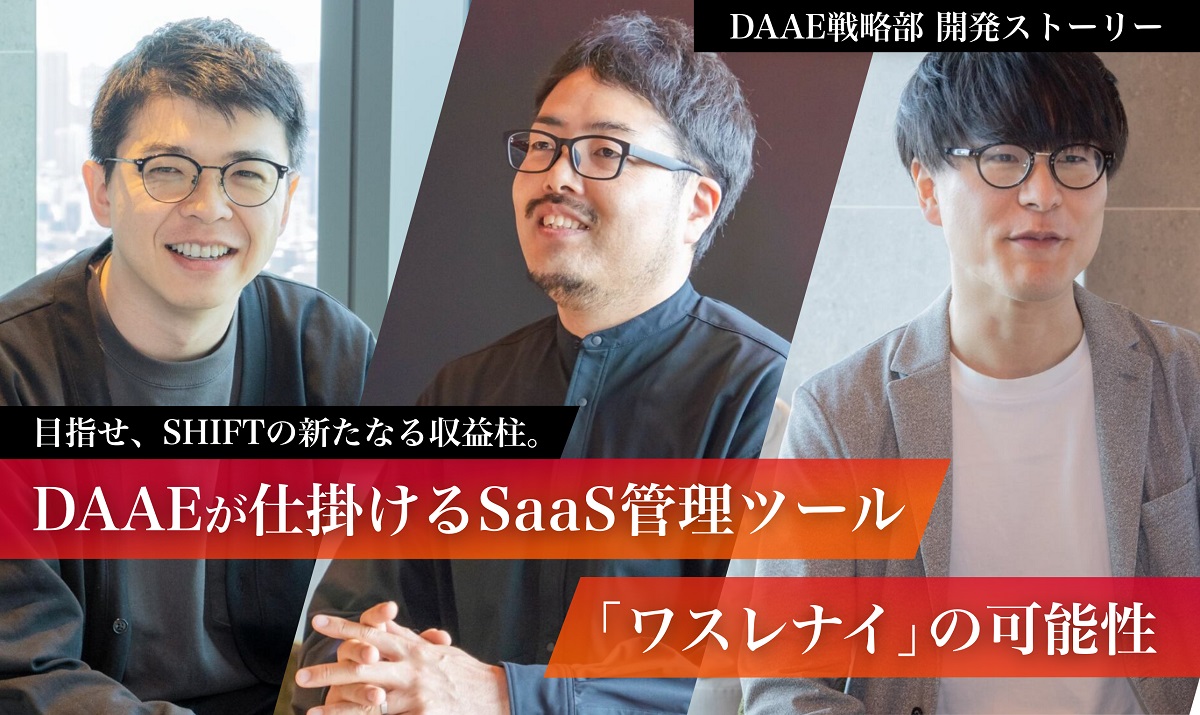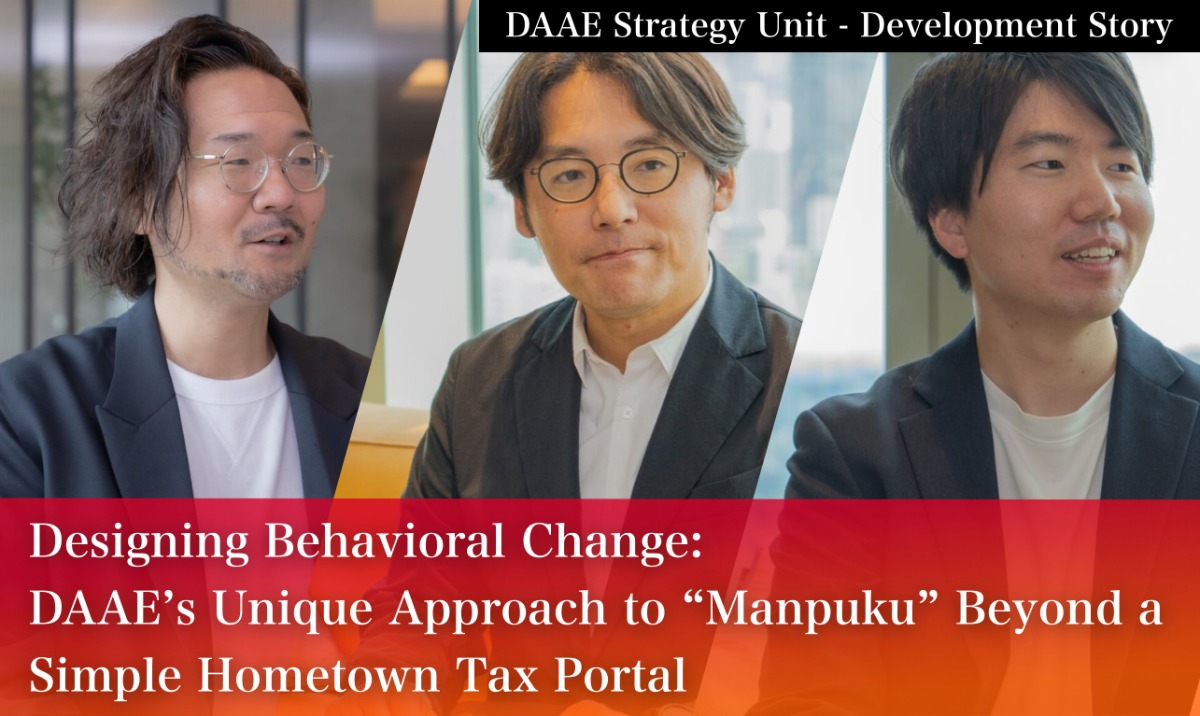
Designing Behavioral Change: DAAE’s Unique Approach to “Manpuku” Beyond a Simple Hometown Tax Portal
Within SHIFT, the DAAE Strategy Division is known for launching new internal businesses from scratch.
Their specialty lies in building products for in-house or group company use, then tuning them to market needs for external sales.
One example of this signature DAAE approach is “Manpuku,” a corporate hometown tax (furusato nozei) benefit service provided by SHIFT.
A major feature of this service is that employees can utilize it without any upfront expense.

This time, we spoke with three key members of the DAAE team responsible for “Manpuku” to learn more about its origins, design philosophy, and future development.
-

DAAE Strategy Unit, DAAE Group, Fujiwara
After working as an executive officer and business manager at private companies, as well as marketing lead at B2B firms, he joined SHIFT in December 2023. As a project manager in the DAAE Strategy Division, he now oversees the expansion of “Manpuku.”
-
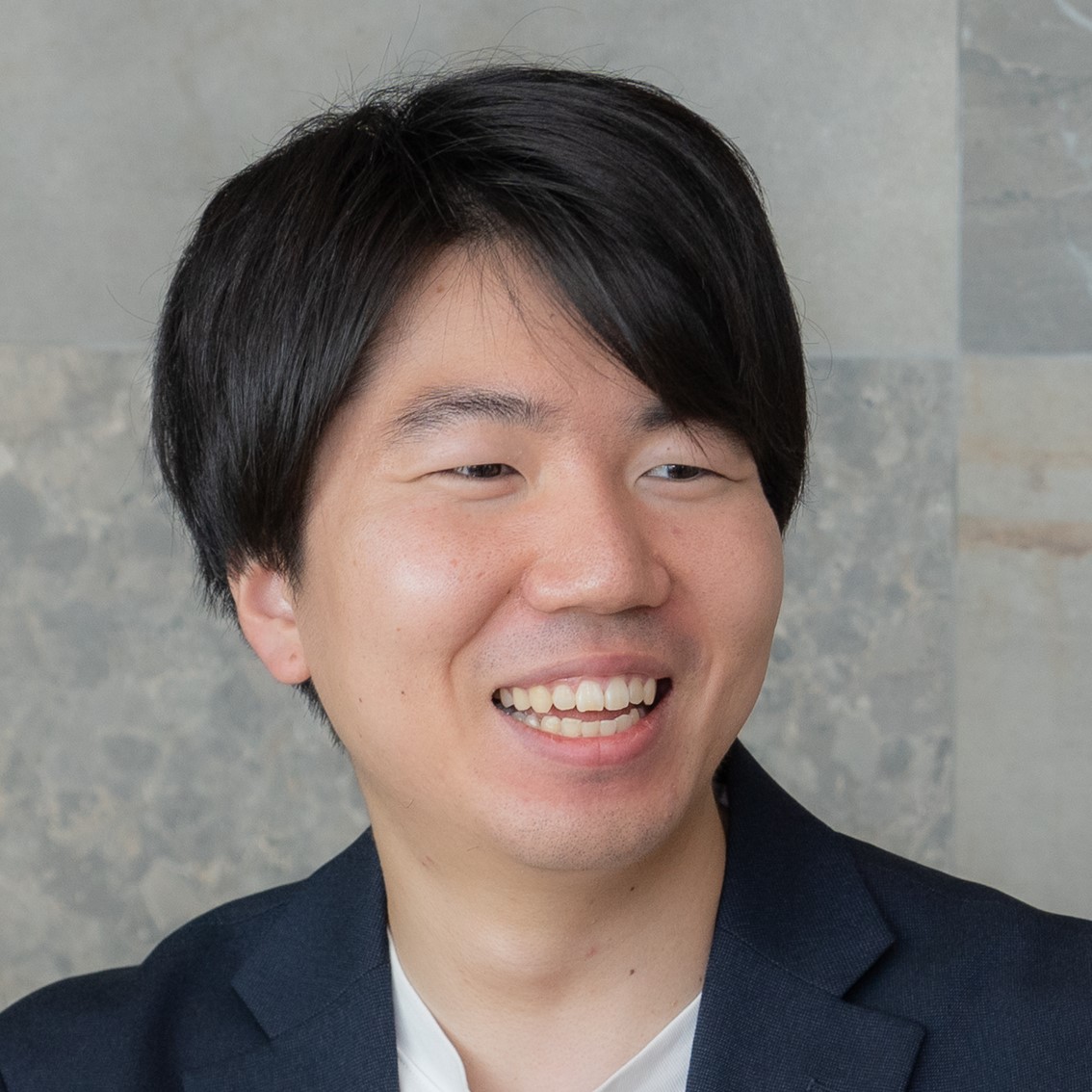
DAAE Strategy Unit, DAAE Group, Shimizu
He began his career at a major mobile company, working in data analysis, UI/UX improvement for websites, and executive reporting. He later joined a Silicon Valley-based AI startup, working in AI consulting and sales. After managing webinars and executive presentation materials, he joined SHIFT in November 2021. He is now in charge of sales for “Manpuku.”
-

DAAE Strategy Unit, DAAE Group, Odanaga
With experience in printing, media, advertising, and web production, he developed strengths in web marketing and design before joining SHIFT in February 2021. As the creative lead for “Manpuku,” he handles everything from concept planning to daily operations for the unofficial mascot “Manpukun.” He excels in LP and ad banner design, compelling proposal documents, and mock-up production.
Table of Contents
The Key Difference: The Money Flow
Q: “Manpuku” is a corporate welfare-style hometown tax service. How does it differ from other services?
Fujiwara: There are several differences, but the biggest is that employees don’t have to pay upfront.
Typically with hometown tax, you apply for gifts, pay first, receive the gifts, and then get your deduction the following year.
With “Manpuku,” however, the company temporarily covers the cost when applying, so there’s no upfront payment from employees.
After receiving the gift, deductions from June of the following year are offset via payroll and resident tax, so the money flow is different.
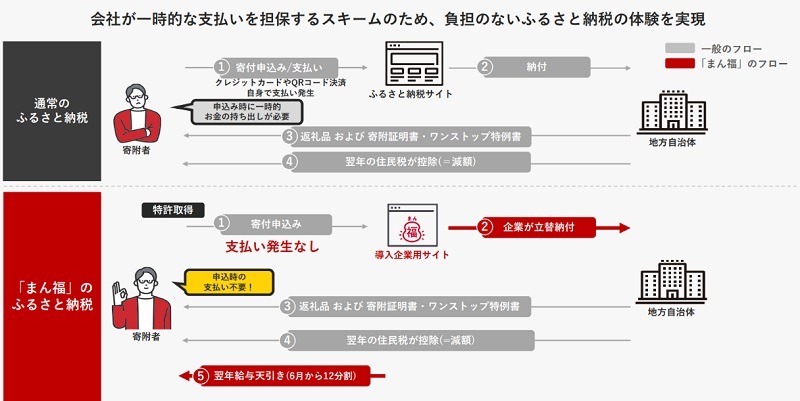
Fujiwara: Also, since the service is introduced as a company welfare benefit, employees can feel more secure and confident using it.
When colleagues are also using it, conversations start up, making it easier to spread awareness and open doors to further use.
Thanks to this, as of last year, “Manpuku” had about 9,000 users both within and outside SHIFT, with an annual transaction volume of 120 million yen.
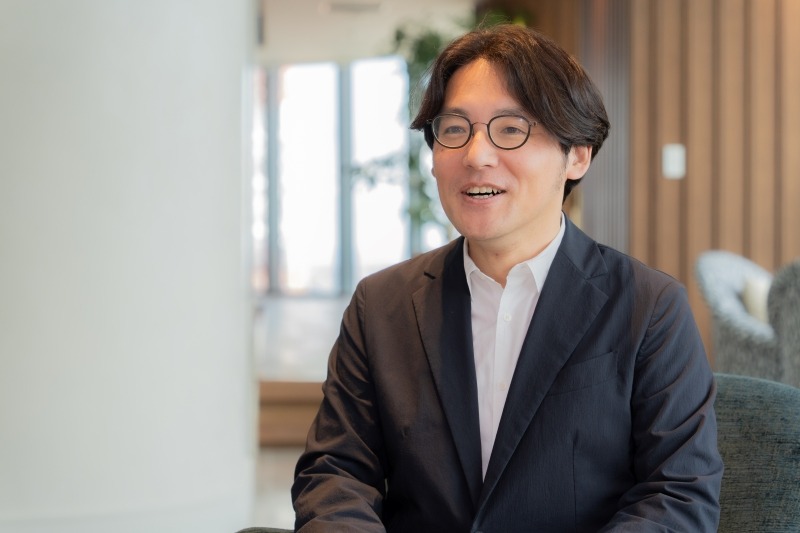
A Mascot that Engages from Within: “Manpukun”
Q: How did “Manpuku” get started?
Odanaga: It began with a simple idea: “Hometown tax is hard to understand—let’s make it easier to use.” So we first launched it within SHIFT.
Nationwide, only 14.9% of people use hometown tax benefits*, but within SHIFT, usage reached 40.6% as of December 2023.
(*Based on Ministry of Internal Affairs and Communications FY2022 data.)
Shimizu: Timeline-wise, internal use at SHIFT started in 2016. In August 2022, the brand was renewed, and by December, we began rolling it out to group companies.
Around summer 2023, we began selling it externally. All three of us here joined the project from the brand renewal onwards—Fujiwara as PM, Odanaga as creative, and myself in sales.
Q: What exactly does Odanaga handle in creative?
Odanaga: Many things, especially marketing visuals, but my personal favorite is the creation and management of our character “Manpukun.”
At first, it was unofficial and self-deprecating, but just recently it was promoted to official status!

“Manpukun” Visuals
Q: It’s adorable!
Odanaga: Since “Manpuku” is a welfare service, it only matters if employees actually use it—but it’s hard to reach them directly.
Communication channels are limited to things like internal newsletters or intranets. So we thought about using internal social media effectively.
But just having the admin post messages would be boring. We wanted a character that could act as a sort of internal influencer. That’s how “Manpukun” was born.
Q: What kind of posts does Manpukun make on the internal social media?
Odanaga: It doesn’t post independently—it replies to employee posts. As with public social media, people rarely read other posts unless they’re tagged.
But they always check replies. So we continue that strategy consistently.
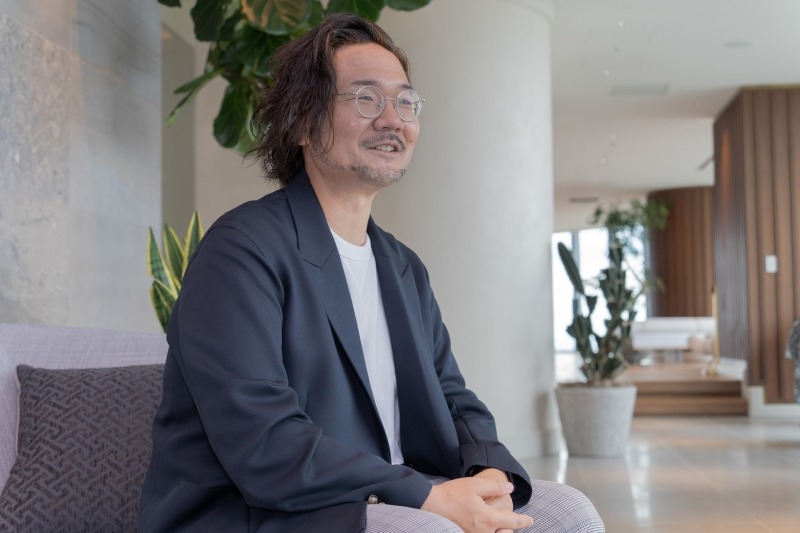
“Manpuku” as a Case Study in DAAE Methodology
Q: You started external sales in summer 2023. Shimizu, what do you focus on in sales?
Shimizu: Mainly, we listen carefully to employees’ voices. Our internal surveys show the number one reason for using “Manpuku” is “no upfront payment.”
Companies also appreciate that they can help employees understand the complicated hometown tax system. These two benefits—ease of use and employee engagement—are key selling points.
Q: What does it cost companies to implement?
Shimizu: Implementation is completely free. Our business model is the same as other hometown tax services—we earn fees from the municipalities.
Companies can implement this without added cost and strengthen employee engagement.
Some companies are also interested in it as a way to promote financial literacy or support rural areas. We tailor our pitch depending on those interests.
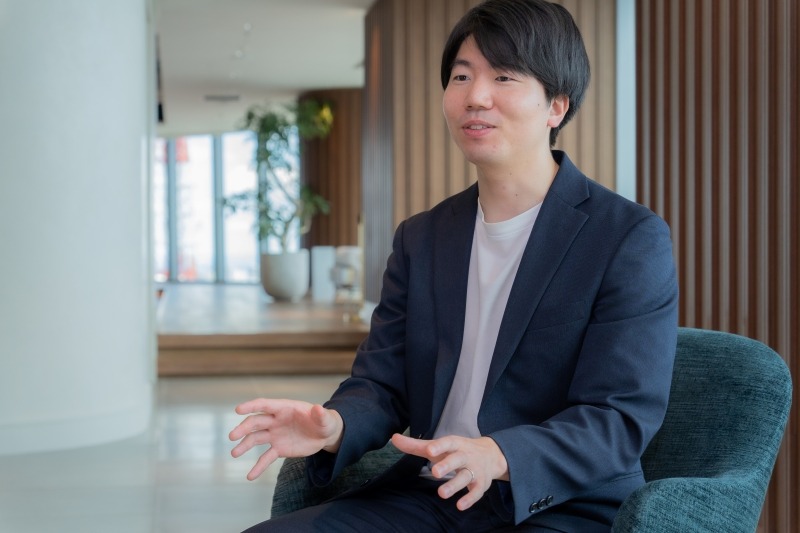
Q: Fujiwara, as PM, what do you focus on when growing the service?
Fujiwara: I think about how we can make every stakeholder happy—municipalities, companies, and employees.
Of course, as DAAE, our big goal is to create a service that sells, and I want to prove that with solid results.
But more than that, I want to design experiences that inspire employees to take action—to move forward, even if just one step.
Q: That ties into your idea about breaking new ground in the furusato nozei system, right?
Fujiwara: Exactly. That’s why we frame it as a welfare service, and why we have “Manpukun.”
We want to encourage behavioral change among as many employees as possible, and create a win-win-win for all parties—an ideal DAAE-style solution.
Beyond a Portal: Realizing 100% Employee Engagement
Q: Any moments working on “Manpuku” that really moved you?
Odanaga: In May 2023, “Manpukun” had its 1-year anniversary. We held a fan meeting and over 100 people joined. It really hit me.
We went all out planning it. Even though “Manpukun” was unofficial at the time, we made it an “official” character just for that day—including changing its status on the internal SNS by asking the IT department!
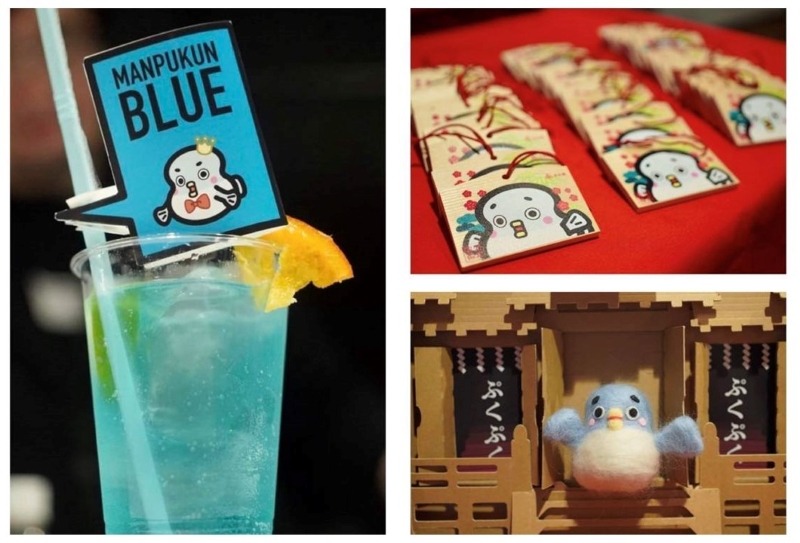
Q: That’s dedication! Shimizu and Fujiwara?
Shimizu: Shortly after we started external sales, one customer told us they used hometown tax to get a Christmas cake for their department and had a great time together.
That was only possible because their company had adopted “Manpuku,” and I was really happy to hear it.
Fujiwara: In a recent customer survey, 100% of responses were “good” or “very good.” I’ve never seen such positive results.
The free comment section was full of praise like, “Payroll-deduction benefits are the best!” It made me really glad we’re doing this.
Q: Lovely stories all around! What’s your goal for the future?
Fujiwara: I want to increase the usage rate among employees at companies already using “Manpuku” to as close to 100% as possible.
We want to go beyond being just a hometown tax portal and provide knowledge and experiences that trigger real behavioral change.
Odanaga: I feel the same—and I want to make “Manpukun” more famous. I’d love for it to become as well-known as that famous mouse character!
Shimizu: I hope that someday when people think of hometown tax, they think of “Manpuku.” I didn’t use it myself when I first joined, but once I did, I realized how great it is.
I want more people to experience that ease of use, and I’ll keep working to get more companies on board.
(*The content of this article and the affiliations of the interviewees are as of the time of the interview.)







